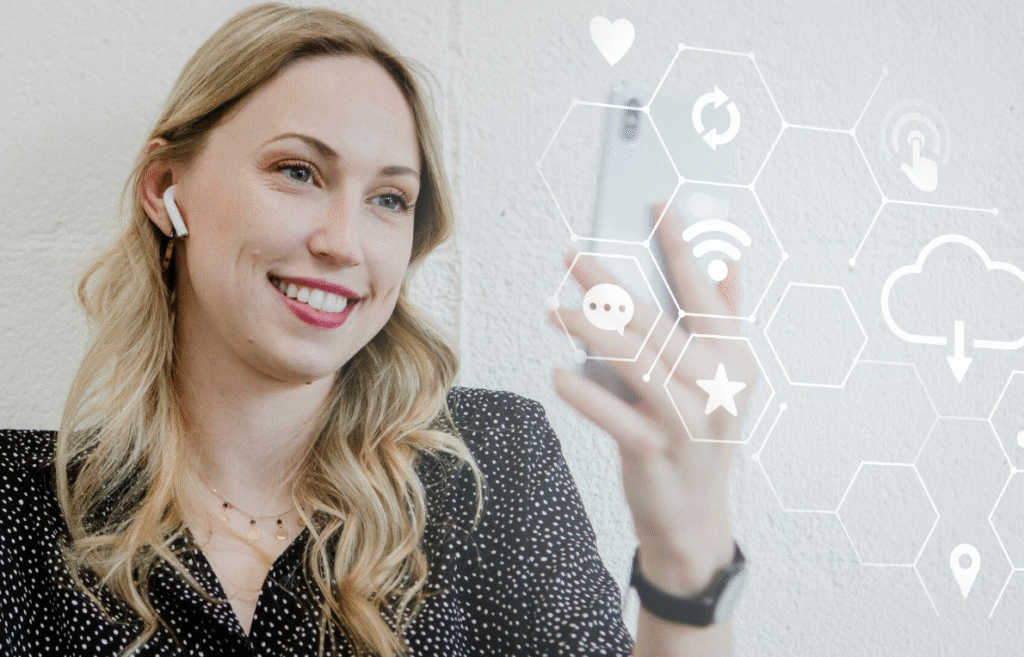Every click, swipe, and tap we make online creates a digital footprint. From browsing habits to location data, the data we leave behind tells a detailed story about who we are—our preferences, routines, and even our beliefs. But while generating data is effortless, understanding who collects it and how it’s used is a much more complex matter.
This invisible trail raises important questions about privacy, consent, and the true value of our personal information.
1. What Data Are We Leaving Behind?
Our digital interactions create a vast range of data points, including:
- Browsing history: Websites visited, time spent, and search queries.
- Location data: GPS tracking through smartphones and apps.
- Purchase records: Online shopping and payment information.
- Social activity: Likes, shares, posts, and messaging.
- Device information: IP addresses, device types, and software versions.
Together, these fragments build comprehensive profiles used across the internet ecosystem.
2. Who Collects Our Data?
Data collection happens everywhere, often without our explicit awareness. Key players include:
- Tech companies: Google, Facebook, Amazon, and others collect data to personalize ads and improve services.
- Advertisers and marketers: They use data to target specific audiences and track campaign effectiveness.
- Data brokers: These intermediaries aggregate data from multiple sources and sell detailed profiles to businesses.
- Governments: For security, law enforcement, or public service analytics.
- App developers: Many free apps monetize user data behind the scenes.
This web of collectors creates a marketplace where data flows constantly.
3. How Is Our Data Used?
Data usage extends far beyond simple advertising:
- Personalization: Tailoring content, recommendations, and user experiences.
- Behavioral analysis: Predicting trends, consumer behavior, and social dynamics.
- Credit scoring: Assessing risk for loans and insurance.
- Surveillance: Monitoring for security or policy enforcement.
- Product development: Informing features based on user interaction patterns.
While some uses offer convenience and innovation, others raise ethical concerns.
4. The Privacy Trade-Off
Most online services are free because users pay with their data. This trade-off is often implicit and poorly understood. Many people willingly share data for convenience, but lack control over how it’s stored, shared, or sold.
Recent scandals have exposed risks like data breaches, identity theft, and misuse of personal information. This has sparked calls for stronger privacy laws, transparency, and user empowerment.
5. Taking Control of Your Data
Individuals can take steps to protect their digital footprint:
- Use privacy-focused browsers and search engines like Firefox or DuckDuckGo.
- Limit app permissions and review privacy settings regularly.
- Employ VPNs to mask location and IP addresses.
- Be cautious with sharing personal information online.
- Support companies that prioritize data ethics and transparency.
While complete anonymity may be impossible, awareness and vigilance matter.
6. The Future of Data Rights
The conversation around data is evolving rapidly. Legislation like the EU’s GDPR and California Consumer Privacy Act (CCPA) represent growing recognition that data belongs to individuals, not just corporations.
Emerging technologies like blockchain offer potential for users to control and monetize their own data. The balance between innovation and privacy will shape how we live, work, and connect in the digital age.
Conclusion
The data we leave behind is a valuable, double-edged resource. It fuels digital economies and conveniences but also challenges privacy and trust. Understanding who uses our data—and how—is the first step toward reclaiming control in a world awash with information.
Our digital footprints are not just traces—they are part of our modern identity. The question remains: who truly owns them?


